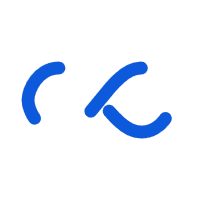UX Design (User experience design) is interface design based on researches of user's experience and behaviour. UX has a broader meaning as all the experience that the user gets when has interaction with website or application. UX design is in charge of functions, product adaptability and human emotions. The more understandable interface you design, the easier for user to get results and to do targeted interventions. Some designers consider that UX is just about website and application operation. But user's experience is not limited by this. For instance, if a client made a request but didn't get SMS confirmation or call from manager, this is all bad UX symptom. UX doesn't end with fine and clear form on the website. UX is a user's way from enter point to exit point, from A point to B point. UX is an impression from interface work. User's experience depends on different components: site architecture, graphic design, comprehensible text and interface responsiveness to definite user's actions.
UI Design (User interface design) is a visualization prototype process which was created according to user's experience and researches of targeted audience. User's interface means not only graphic one but tactile, voice or sound ones. We'll review graphic interface considering that designers generally use it. UI design includes work on graphic interface part: animation, illustration, buttons, menu, sliders, photos and fonts. UI design defines color palette and interface objects layout, if it's convenient to press "Order", if the work of drop down menu is correct, if it's easy to fill a form in, if the smartphone text is readable, which message the site gives under any action. UI design is in charge of product interface and how user interacts with its elements. It is required to form interface elements and keep one style and logic of their interaction.


